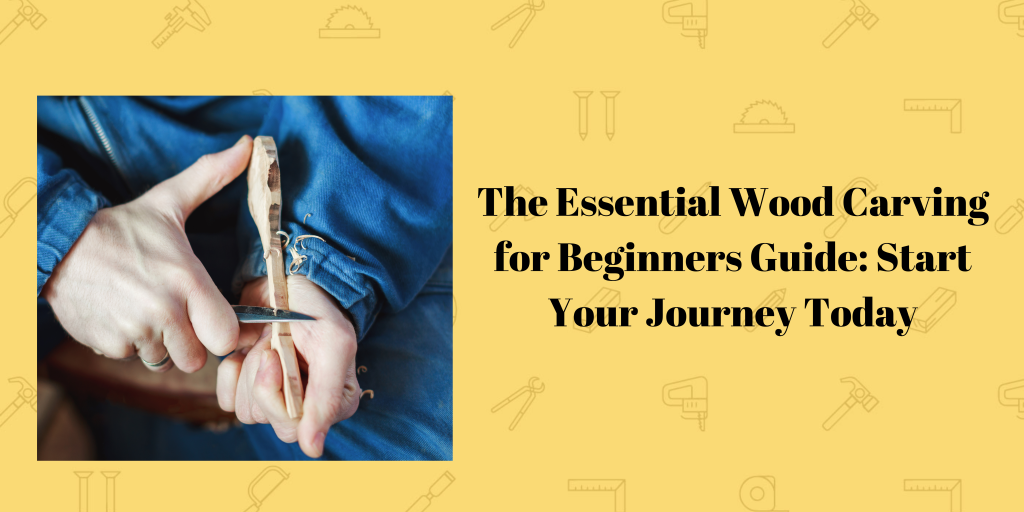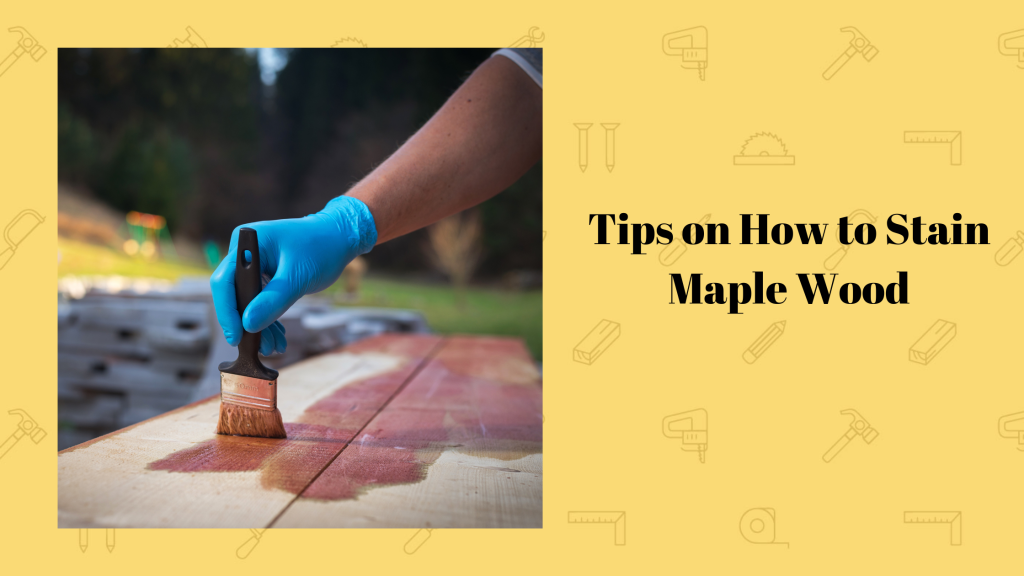Using wood-sawn cuts to take your woodworking project to the next level is often ideal. But, how do you choose between the sawn lumber cuts?
Like our guide on rough lumber, in this post, I’ll draw on my 30+ years of professional woodworking and carving experience (in diverse fields like cabinetry construction, carpentry, and workshop design) to explain the highlights of sawn wood.
Let’s jump right in!
4 Main Types of Wood Sawn Projects

We can essentially break down wood-sawn cuts into 5 key categories:
1. Plain Sawn Wood
The most common type of wood-sawn cut, plain sawn (also called flat sawn) lumber is easy enough to understand:
With this cut, the wood logs are cut directly through the middle. If you need to identify plain-sawn wood, check for a distinctive arching, cathedral-shaped pattern along its face.

There a few big reasons most woodworkers gravitate toward this cut:
- Cost. On account of its highly efficient production, this is the cheapest type of sawn wood. If you bulk order your lumber, that low price tag can end up saving you a pretty penny!
- Availability. You can find this timber at virtually any lumber mill, which can dramatically cut down on frivolous time spent searching for materials.
- Unique appearance. Looking for attractive boards? The intriguing cathedral pattern I mentioned before gives plain-sawn wood a cool and artistic aesthetic.
I’d recommend this lumber for most woodworking projects, because of its affordability and ubiquitous presence no matter where you’re located.
2. Quarter Sawn Lumber
Quarter-sawn logs aren’t cut right through the center, but instead are first sawed into fourths and then sliced perpendicularly.
This cutting pattern results in some perks:
- Stability. Quarter-cut lumber is sturdy and unlikely to give way under pressure. This is an indispensable quality in load-bearing and construction projects.
- Less moisture. These boards draw in less moisture, which helps keep your outdoor wood structures free from rot and decay.
- Warp resistance. The quartering of the logs prevents common warping problems like cupping; a huge advantage in projects that require long-term structural integrity!
I’ve always been a big fan of quartered boards for outdoor projects because of their durability and decay-resistant characteristics.
For example, I used this type of cut for a set of outdoor tables in my backyard, which are still in fantastic condition years later!
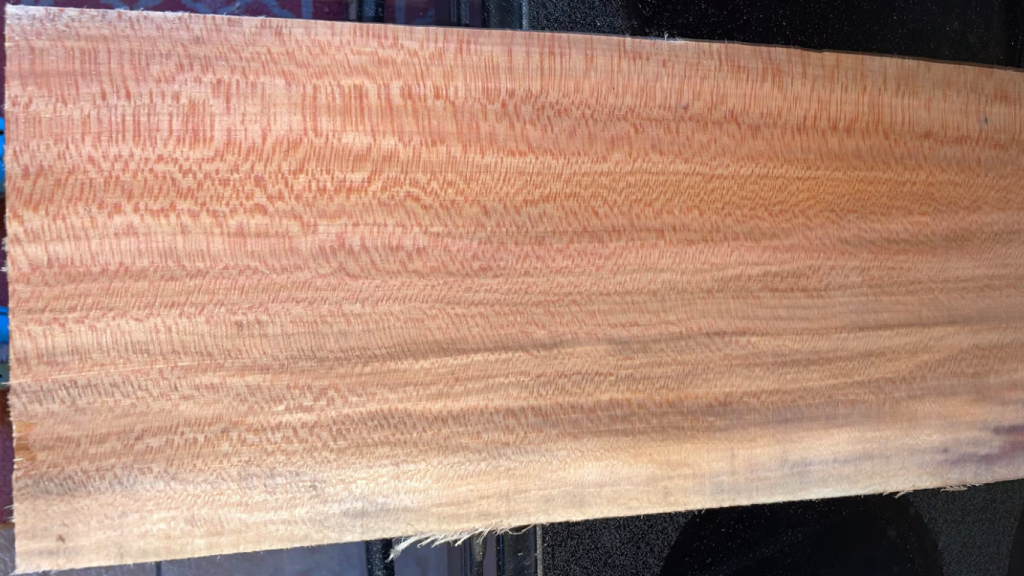
What Is Quarter Sawn Oak?
You may have heard of quarter-sawn oak, if you spend much time in woodworking circles. Is this its own special category, with a unique method?
Not at all! Oak is just a common type of wood used for quarter sawing.
For red and white oak, the vivid colored patterns that form after quartering make this a greatly sought-after material for woodworking artists and carvers.
3. Wood Sawn for Rift Cuts
Though it’s the most expensive and seldom-used of the main sawn lumber cuts, rift-sawn wood has multiple strong advantages:
- Customization. The linear look of each side of a rift-sawn plank leads to it being my top choice for highly customizable projects (especially table and chair designs.)
- Linear patterns. Rift-sawn wood forms straight line patterns, giving this lumber a professional and sturdy look; centerpiece furniture is a particularly strong application for this!
- Consistent dimensions. With straight, nearly perpendicular grain dimensions, I’ve learned this cut is enormously convenient for construction that needs exact measuring.
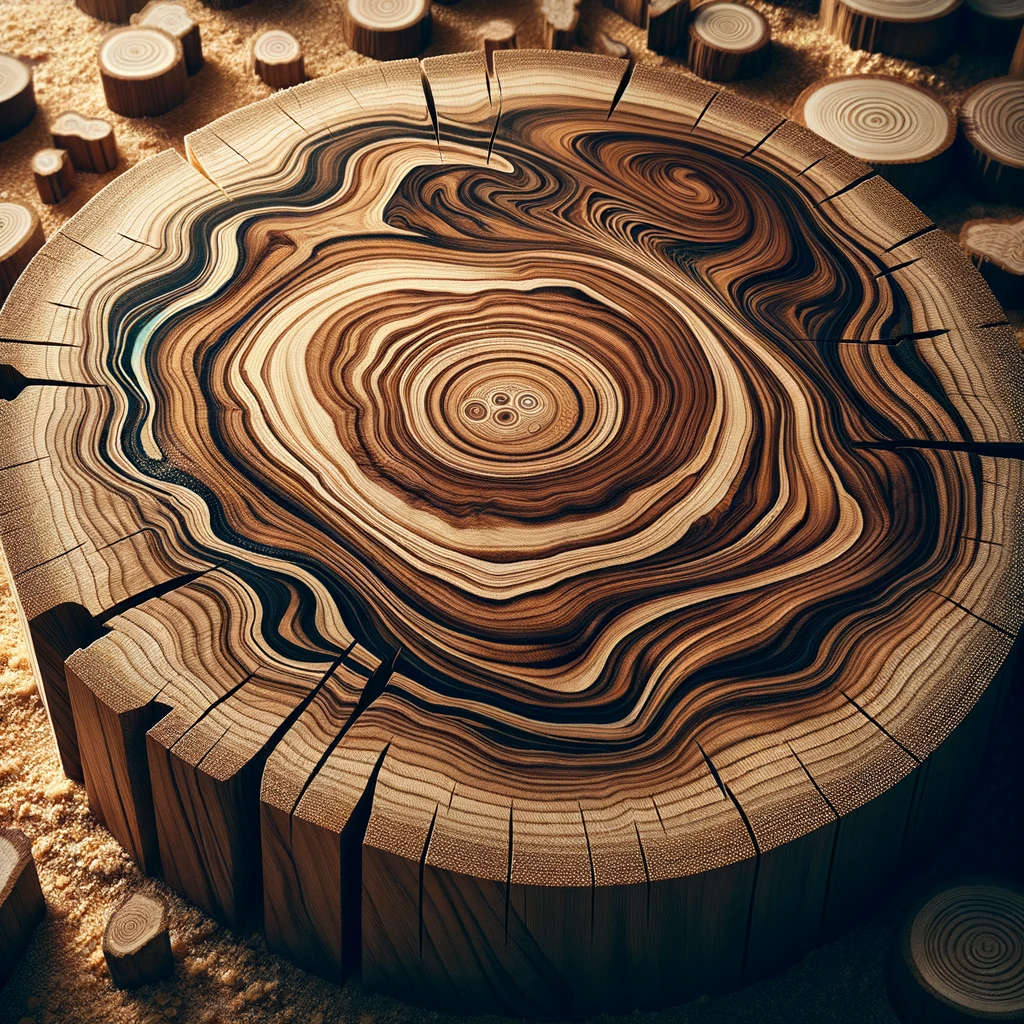
Quarter Sawn vs Rift Sawn Wood
What’s the difference between quarter vs. rift sawn wood, and when does it make sense to go with one over the other?
Both types of cut involve sectioning logs into quarters, but rift-sawn wood is not cut at a completely perpendicular angle like quarter-sawn boards. This makes rift cuts the better choice for straight, linear furniture building.
4. Live Sawn Wood
Straying away from the traditional “big three” cuts, let’s take a look at live-sawn lumber!
In fairness, live-sawn wood isn’t a totally original cut. The process involves using a saw to cut straight through the log continuously, resulting in pieces of plain, quarter, and rift-sawn wood.
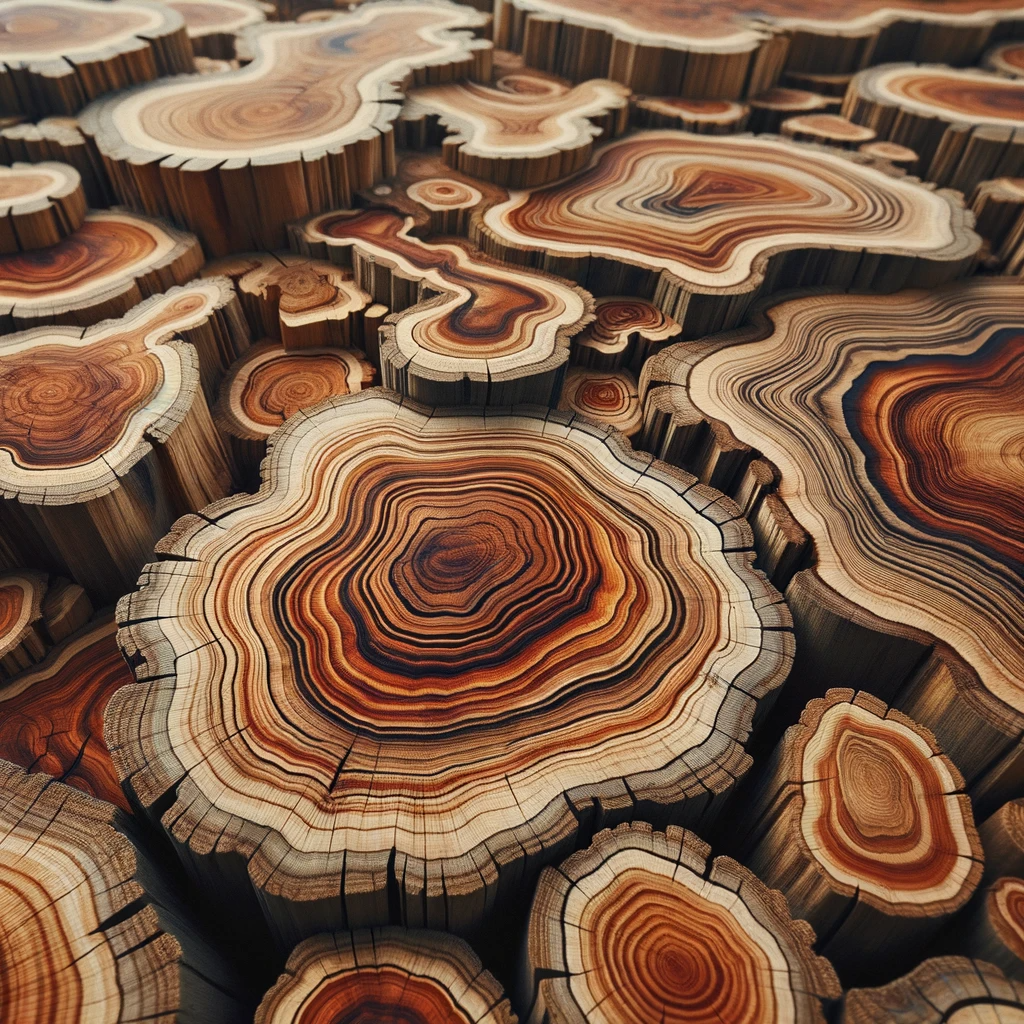
This idiosyncratic approach lends itself to some benefits:
- Cut variety. If you see advantages in all three of the previous choices, the multiple cut variation of live sawn wood lets you combine the pros of each method.
- Multiple patterns on boards. Any given live sawn plank can have cathedral, linear, and speck patterns at the same time, creating a stunning look that makes this the perfect option for visually striking decorations or carvings.
- Excellent for flooring. Because of the combination of the stability of quarter sawn wood, the beauty of plain sawn lumber, and the linear markings of rift cuts, live sawn boards are frequently the ideal flooring option.
5. Combining Wood Sawn Cuts
If you’re working on a large woodworking endeavor with multiple independent parts, there’s no need to confine yourself to just one type of cut!
Why would you want to mix up your saw styles? A few reasons:
- Flexibility. Not committing to a single material can open up the playing field for what wood parts you can add to a project.
- Better performance. Each style of sawn wood has particular benefits, so combining the types gives you the best of all worlds.
- Aesthetic breadth. Plain, quarter, and rift sawn wood all have striking visual appeals, so mixing them together can add great beauty to your final product.
One scenario where you can combine wood sawn boards is a home workshop: Consider using rift sawn wood for the benches and tables, quarter cut lumber for your carving material (a Poliwell wood carving kit would assist greatly on that front), and flat sawn planks for shelving.
Final Thoughts
There are 5 major techniques for using sawn wood in your projects.
While there are exceptions (especially with outdoor, sculpting, and larger, multi-piece projects), I’d stick with plain sawn wood in most cases. The mix of price, convenience, and good-looking lumber is just the right fit for a typical project.
Let us know if you have any questions or feedback with your comments!
Wood sawn project methods are numerous and you can’t really go wrong with any of them, but often the classics are classic for a reason.

